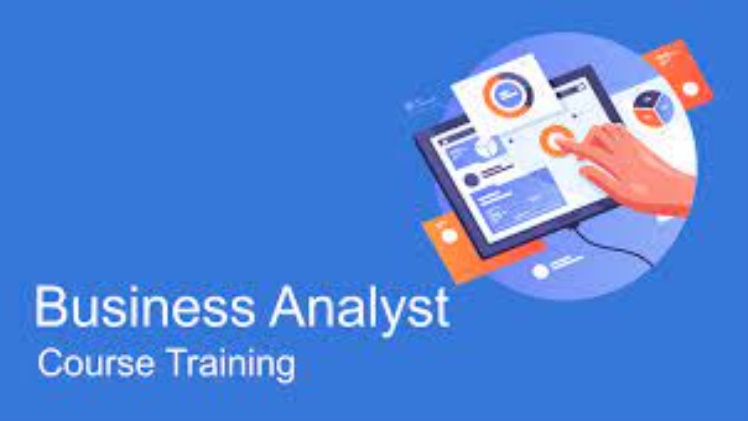Time Series Data is a set of data points in chronological order. Time Series Data Analytics help businesses make better decisions by analyzing trends. Time Series Analysis and Forecasting are ways of looking at time series data to predict future behavior based on past patterns. The difference between the two lies in when the predictions are made; forecasting is used for short-term predictions, while analysis involves predicting future behavior over extended periods (months or years).
What Is the Significant Difference Between Time Series Analysis, Data, And Forecasting?
Time Series Forecasting is the mechanism of predicting the future values of a time series. Meanwhile, Time Series Analysis is the process of predicting future events based on past data, and this can be done by analyzing trends and patterns in the collected data. Whereas Time Series Data is a collection of data over some time, generally used to analyze historical trends and predict future outcomes.
Helps Businesses Make Better Decisions
Businesses need to make intelligent choices when planning their finances and marketing strategies. They can’t afford to waste money or resources on projects that aren’t going anywhere—and using Time Series Analysis helps them avoid those situations. For example, if you’re trying out a new marketing campaign or product line with the idea of selling it in stores, it’s vital for your company to know whether people will like these products. You also want to know when those people will buy them (so you can stock up). The same goes if someone from another department wants extra funding so they can expand into new markets. Suppose this person knows what sales numbers they should expect based on previous data sets from similar projects within the company or industry. In that case, they’re better equipped than anyone else would be to make sure their request doesn’t get denied because nobody thought things through before making plans any further ahead than the next quarter.
Forecast Sales
Time Series Analysis is a statistical tool that helps you understand the past and predict the future. It is used in many industries and fields to improve business performance, including finance and marketing, and it indicates whether sales numbers follow some pattern or trend over time. It can help you forecast future sales based on past data, so you can plan for production and distribution needs if needed. This method involves making predictions about future trends using historical data collected at regular intervals (usually daily or monthly). As such, Time Series Data Analytics is often used by economists who study long-term economic growth patterns over multiple years by examining changes in variables. These variables include the unemployment rate (U3), inflation rate (CPI), and Gross Domestic Product (GDP).
Time Series Analysis is a valuable tool for businesses regarding forecasting. It can predict prospects, such as sales, demand, or stock prices. This allows companies to take measures that will help them prepare before they happen. It also aids in detecting deviation from predicted behavior so that countermeasures may be taken before any damage occurs to an organization’s reputation or financial standing.
There are several standard techniques, such as regression, forecasting, and ARIMA modeling. You can also use an algorithm called Auto-ARIMA, which is used to detect trends in univariate Time Series Data.

